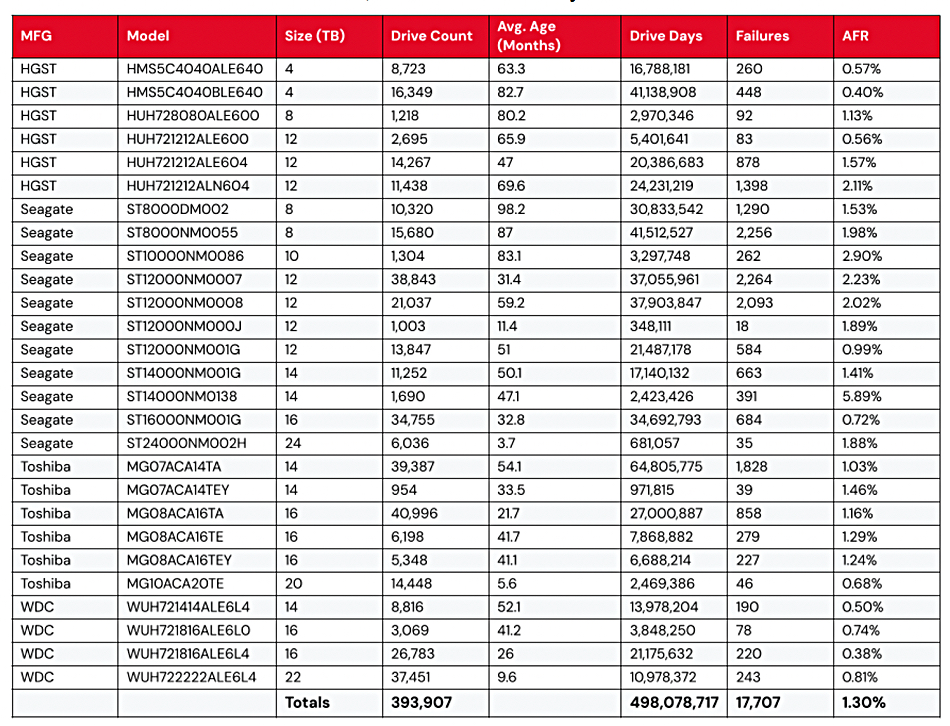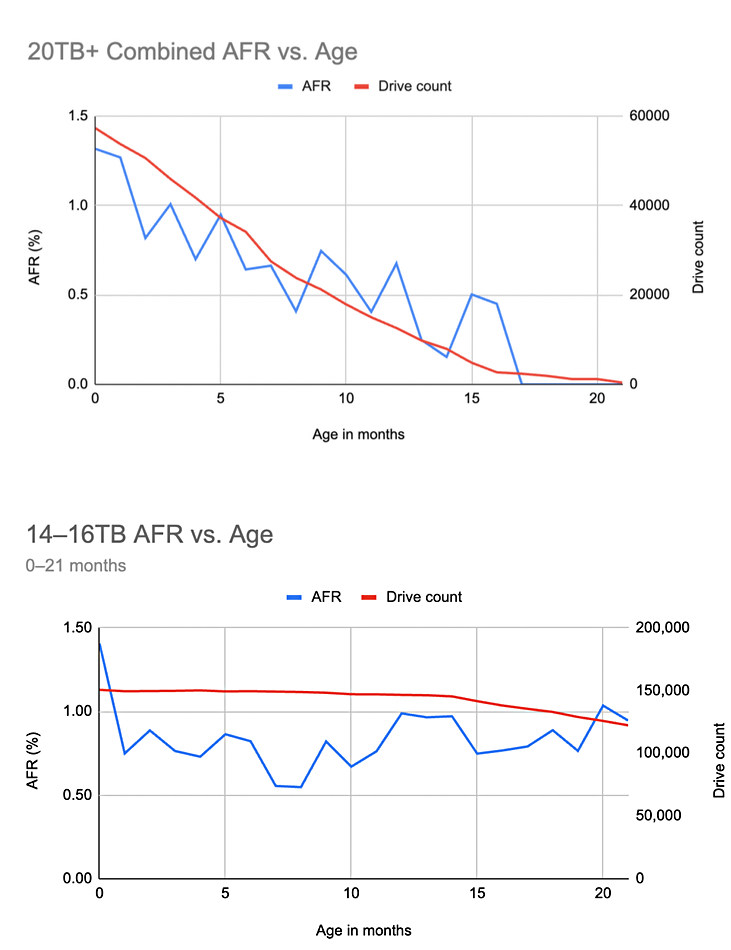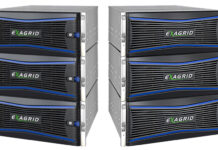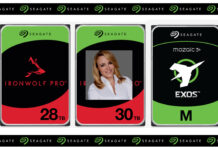Cloud storage provider Backblaze found that its disk drive failure rate was lower in the second 2025 quarter as previously high-failure-rate drives went kaput less often.
Its Drive Stats Team (Stephanie Doyle and Pat Patterson) said that the 12TB Seagate model ST12000NM0007 “was at a whopping 9.47% failure rate last quarter—down this quarter to only 3.58%.” It was failing at an 9.72 percent rate in the last 2024 quarter. “Other significant drops include the 12TB HGST model HUH721212ALN604 (Q1: 4.97%; Q2: 3.39%) and the 14TB Seagate model ST14000NM0138 (Q1: 6.82%, Q2: 4.37%).”

Two Seagate drives; ST8000NM000A (8TB) and ST16000NM002J (16TB), had zero failures in the quarter; the third consecutive zero failure quarter for the 8TB drive.
The lifetime hard drive failure rates were;

This is little-changed from last quarter, when the overall rate was 1.31 percent.
The smaller drives in Backblaze’ disk drive estate are getting older as newer and larger capacity drives are acquired. It has 10 HDD products with 12 TB or lower capacity, and their average failure rate is 1.42 percent. It notes: “that AFR is due to some well-performing low-failure outliers, including both of the 4TB Seagate models (0.57 percent and 0.40 percent), the 12TB HGST model HUH721212ALE600 (0.56 percent), and the 12TB Seagate model ST12000NM001G (0.99 percent).”
At the other end of the capacity scale, it has three 20TB or greater capacity drives; the 20TB Toshiba model MG10ACA20TE, 22TB WDC model WUH722222ALE6L4, and 24TB Seagate model ST24000NM002H. Their failure rates look like this;

The company points out that, “in both drive count and length of time in the pool, it’s a little early to create definitive trends for the Seagate and the Toshiba. … the Seagate in particular is potentially at the beginning of the “bathtub” curve, we may see it change over time.
On the other hand, the 22TB WDC model has shown up quite a bit below our current average AFR for the drive pool of all drive sizes and ages, and it’s the model with the most data.”
It then compared the overall 20 TB+ drives failure rates over time with that of its 14-16TB drives over the same elapsed time;

There was a substantial difference, with Backblaze saying: “Comparing age of drive to age of drive, it would seem that our 20TB are right on target, and perhaps doing a bit better than expected. But, that definitely isn’t a perfect comparison given that the 14–16TB drives have a steadier and larger drive count.”
The conclusion: “It’s clear from the data that we need to give the 20TB+ drives time to mature, and that as we (depending on our buying behavior, of course) add more drives, we might see some interesting changes in the data.”
You can point your browser at Backblaze’s Drive Stats page to see the full failure rate numbers.
Comment
Considering the complexity, mechanical finesse, tiny, tiny tolerances and 24×7 activity rates seen in hard disk drives, it is amazing that the failure rates are so low. They are, perhaps, one of the finest, high-precision, electro-mechanical devices ever mass-produced.








